-
Products
- Solutions
- Service Support
Pages
- Pressure Sensor
- Pressure Transmitter and Transducer
- What is a Pressure Transducer?
- Level Transmitter and Sensors
- Differential Pressure Sensors
- Differential Pressure Transmitters
- Level transmitter for Fuel and Chemical
- Water Pressure Sensors
- Industrial Pressure Sensors and Transmitters
- Switches
- Liquid Pressure Sensors and Transmitters
- Company
-
Products
-
Solutions
-
Applications
-
News
-
Support
-
About Us
Session 4: What is useful in the Fit and Measure section?
Author: Date: 2022 Apr 07 Category: Cloud Academy
After learning about the oil-fill, sealing, and aging, let's talk about our mounting and testing section next.
We are currently located in our assembling and testing line, where we mainly solve the problem of temperature drift of sensors. As we all know, as the silicon chip is sensitive to temperature, it is difficult to maintain the output consistency at high or low temperatures, which requires temperature compensation for the product.
Micro Sensor uses a hardware compensation approach, which means that the temperature compensation of the product is done using a resistor network. Here we would like to reveal our seventh component: the ceramic circuit.
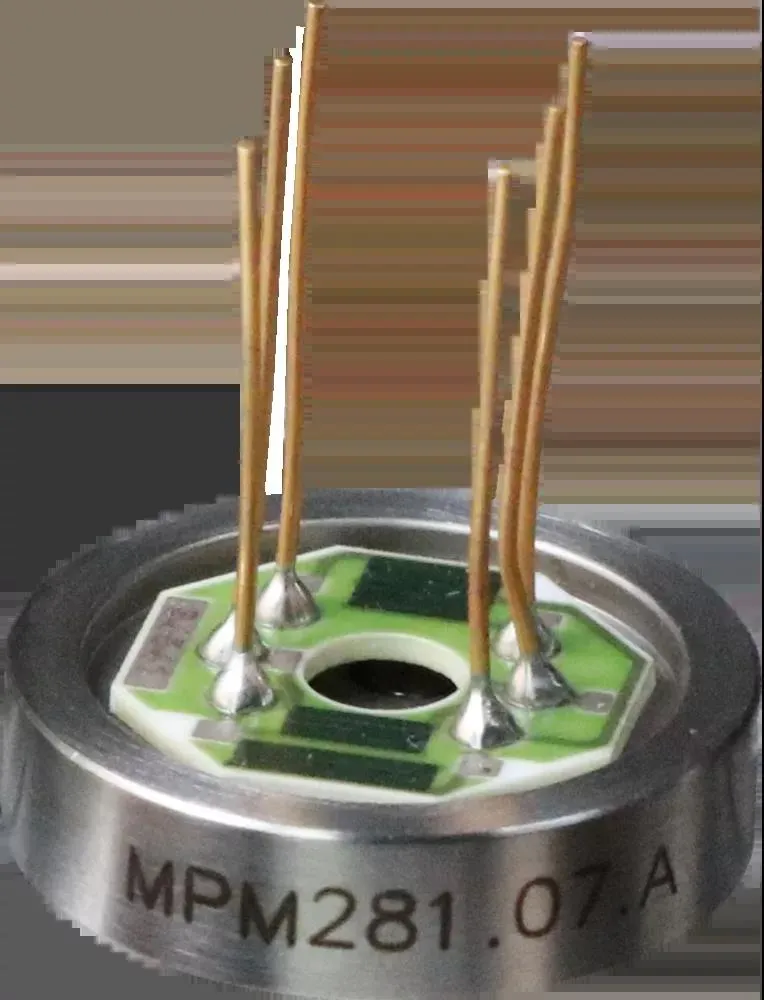
This is our fully automatic compensation testing system, which mainly simulates the pressure and temperature environment, where the products after aging and impact firstly complete the measurement of their inherent temperature characteristics; after the measurement, the system will calculate the required compensation resistance value of the product according to its own algorithm; this resistance value will be introduced into our fully automatic resistance adjustment system in batch.
We all know that there are resistors with fixed resistance values printed on the ceramic circuit, and the resistor value we need is produced after laser engraving. The produced ceramic circuit is assembled, welded, and bound together with the product, at which point the temperature compensation process of the product is completed, isn't it amazing?

Then the compensated product will be returned to this system again to complete the testing of its performance indexes such as linearity, repeatability, hysteresis, temperature drift, and short-term stability.
This production line has three testing and assembly lines, more than 20 sets of testing equipment, using advanced pressure control and data acquisition system, which can realize the compensation and testing of products in the temperature range of -40~150℃, and provide a variety of
power supply methods such as constant current and constant voltage.
Fully automated, self-developed algorithms and 100% tested to adapt the sensor for use in wide temperature environments.
Cloud Academy is the first video program launched by Micro Sensor and In the future, the Cloud Academy will meet with you regularly, and please stay tuned. If you have any suggestions, see you in comment area.
Posts by Topic
Categories
- Cloud Academy (4)
- Pressure Sensor (1)
- Pressure Transmitter (1)
Month / Year
Authors
Contact Us
MICRO SENSOR CO., LTD
Headquarters
No. 18, Yingda Road,
Baoji, 721006,Shaanxi,P.R.China
German Subsidiary
Micro Sensor GmbH
Girardetstr. 6, D-45131 Essen, Germany
Tel: +86-29-88346384
Whatsapp: 15114817352
Email: sales@microsensor.cn
- Pressure Sensors
- Pressure Transmitters
- Level Transmitters
- Temperature Transmitters
- Flowmeters
- Accessories
- General Industry
- Process Industry
- Downloads
- Applications
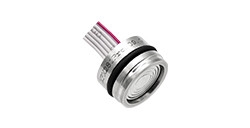

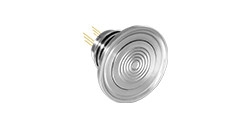

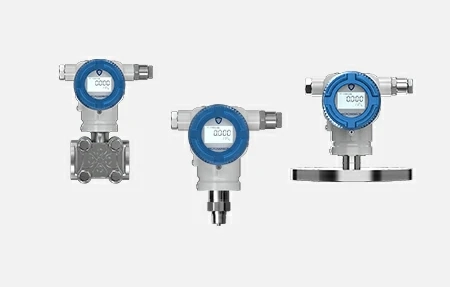

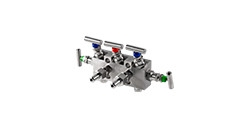
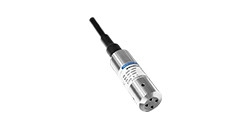
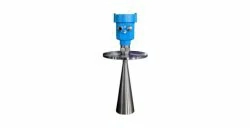


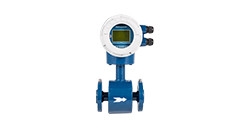
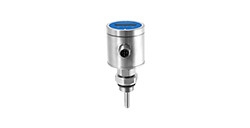

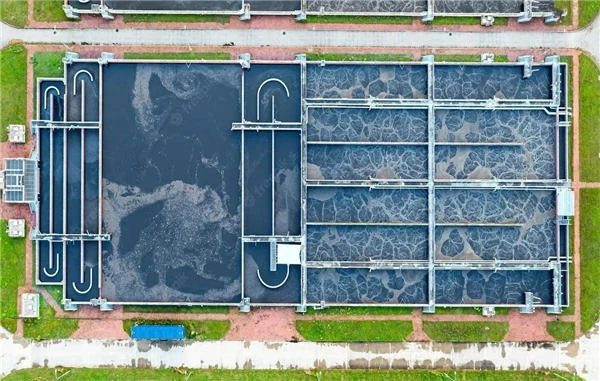

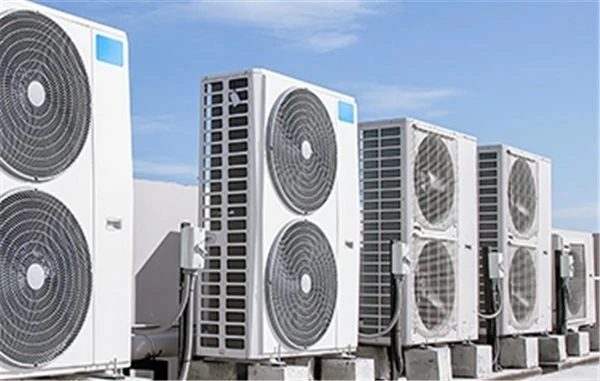

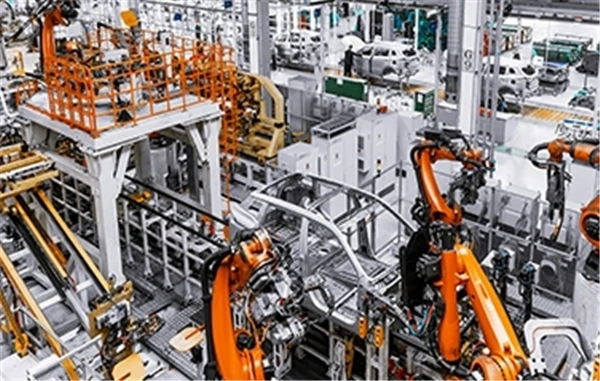
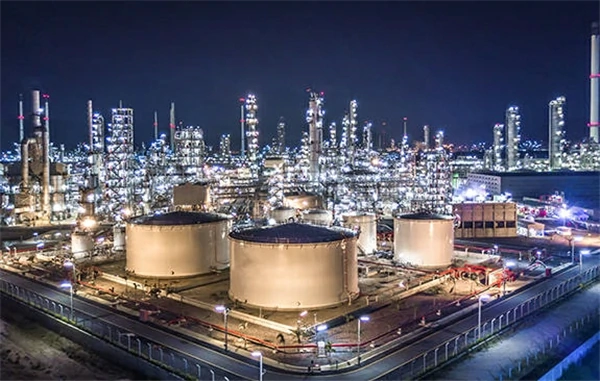

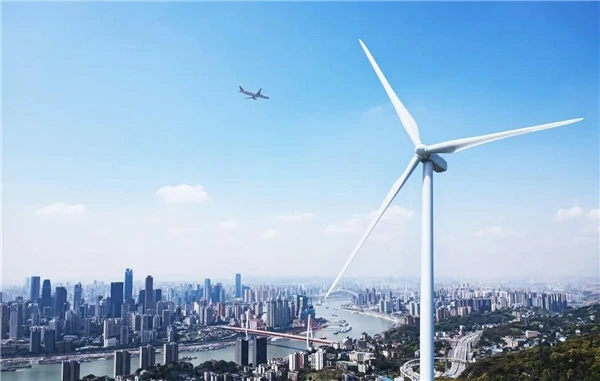
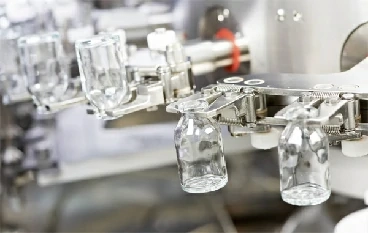
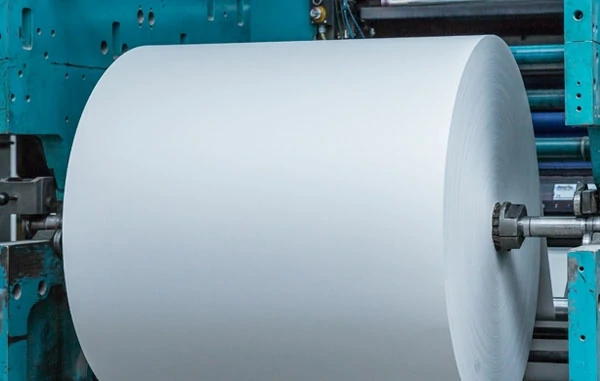
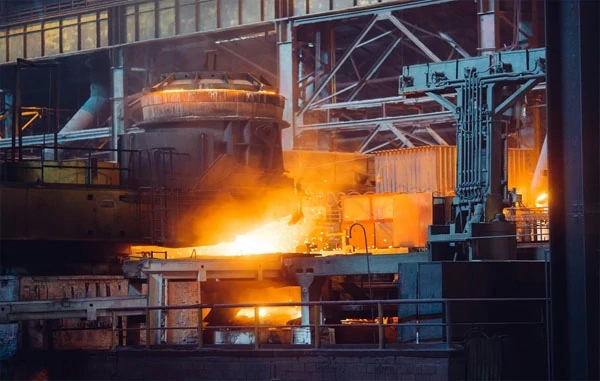
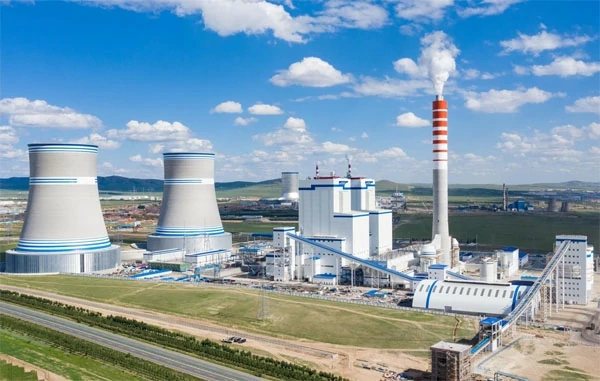
 Copyright © 2025 MICRO SENSOR CO., LTD
Copyright © 2025 MICRO SENSOR CO., LTD



